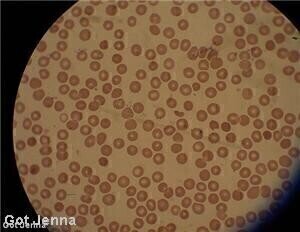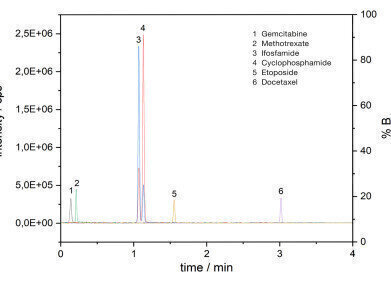-
 Biologically active substances associated with malaria were investigated using MS
Biologically active substances associated with malaria were investigated using MS
Bioanalytical
MS reveals location of biologically active substances in malaria parasite
Jul 02 2010
While the three different forms of this protein are known, their biological functions have not been well understood, according to research published in Malaria Journal.
A team of scientists from France's National Natural History Museum, Eastern Virginia Medical School and the Munich Helmholtz Centre used mass spectrometry, immunofluorescence assays and cellular fractionations to examine the three versions of the parasite aminopeptidase.
They discovered that p120, the heaviest form of PfA-M1, can be detected in the parasitophorous vacuole and in the parasite itself, while p68 is only found in the parasite.
At the border of the parasitophorous vacuole, the p96 form, a transient version of the protein, can be detected and may be blocked using brefeldin A.
This is a lactone antibiotic produced by fungal organisms and typically used to study protein transport in biochemical research.
Digital Edition
Chromatography Today - Buyers' Guide 2022
October 2023
In This Edition Modern & Practical Applications - Accelerating ADC Development with Mass Spectrometry - Implementing High-Resolution Ion Mobility into Peptide Mapping Workflows Chromatogr...
View all digital editions
Events
ACS National Meeting - Fall 2024
Aug 18 2024 Denver, CO, USA
Sep 04 2024 Chiba, Tokyo, Japan
Sep 04 2024 University of Warwick, Coventry, UK
Sep 10 2024 Rockville, MD, USA
Plastics Recycling World Expo Europe
Sep 11 2024 Brussels, Belgium













